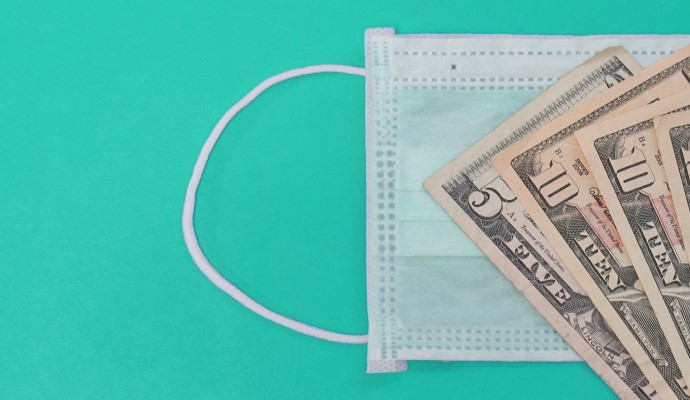Skilled Nursing Facility Use Increased Following PHE Waiver
The share of skilled nursing facility episodes without preceding hospitalization increased from 6 percent to 32 percent during the COVID-19 pandemic due to the CMS public health emergency waivers.

Source: Getty Images
- Skilled nursing facility (SNF) episodes for Medicare beneficiaries without preceding acute care increased during the COVID-19 public health emergency (PHE), a study published in JAMA Internal Medicine found.
In response to the challenges of the COVID-19 pandemic, CMS implemented waivers of rules governing reimbursement for Medicare beneficiaries that went into effect on March 1, 2020. One of the waivers removed a requirement that SNF stays be preceded by a three-day hospitalization for fee-for-service Medicare plans to receive reimbursement.
Under the waiver, hospitalized patients could be discharged to an SNF on the first or second day of their hospitalization or be admitted to an SNF directly from the community or emergency department, avoiding hospitalization altogether.
Researchers used fee-for-service SNF and inpatient claim files from January 1, 2017, to December 31, 2021, and the Medicare Master Beneficiary Summary File to determine how the PHE waiver impacted SNF utilization, care patterns, and spending.
Episodes with a preceding three-day hospitalization were defined as standard, while episodes with other or no acute care use were referred to as waiver episodes.
Between January 2018 and September 2021, almost 4.3 million Medicare beneficiaries had an SNF episode. There were 3.39 million SNF episodes before the pandemic and 2 million episodes during the pandemic.
The share of SNF episodes provided for long-term care (LTC) residents increased from 12 percent to 25 percent during the PHE.
There was an average of 130,400 SNF episodes per month between January 2018 and February 2020 and 108,575 monthly episodes between March 2020 and September 2021.
The share of waiver episodes without a preceding three-day hospitalization increased from 6 percent before the PHE to 32 percent during the PHE. Waiver episodes with other acute care use grew from 3 percent to 14 percent, while waiver episodes without any acute care increased from 3 percent to 18 percent.
The number of monthly SNF episodes among LTC residents increased by 77 percent during the PHE, mainly due to waiver episodes without any preceding acute care. Overall, 62 percent of these episodes were provided for patients with COVID-19. Among beneficiaries not in LTC, the average number of monthly episodes fell by 29 percent.
Overall spending on SNF care episodes did not change significantly during the pandemic; the average monthly Medicare Part A spending on SNF episodes was $2.1 billion before the PHE and $2 billion during the PHE.
However, monthly spending on SNF episodes among LTC residents increased from $301 million to $585 million, indicating a 94 percent increase during the PHE. Despite this substantial increase, monthly spending on SNF care for LTC residents amounted to 45 percent of the spending on hospitalizations before the PHE, the study noted.
Monthly spending on all SNF care was equal to 88 percent of spending on hospitalizations during the PHE.
“The complex epidemiological, behavioral, and health care system changes accompanying the early COVID-19 pandemic make it difficult to isolate the effects of the PHE waiver on the care patterns and outcomes of SNF care beneficiaries,” researchers wrote. “However, the waiver was not associated with a substantial increase in the overall SNF care volume and was applied for LTC residents primarily for COVID-19 care, suggesting that the goals for the waiver were successfully achieved.”
